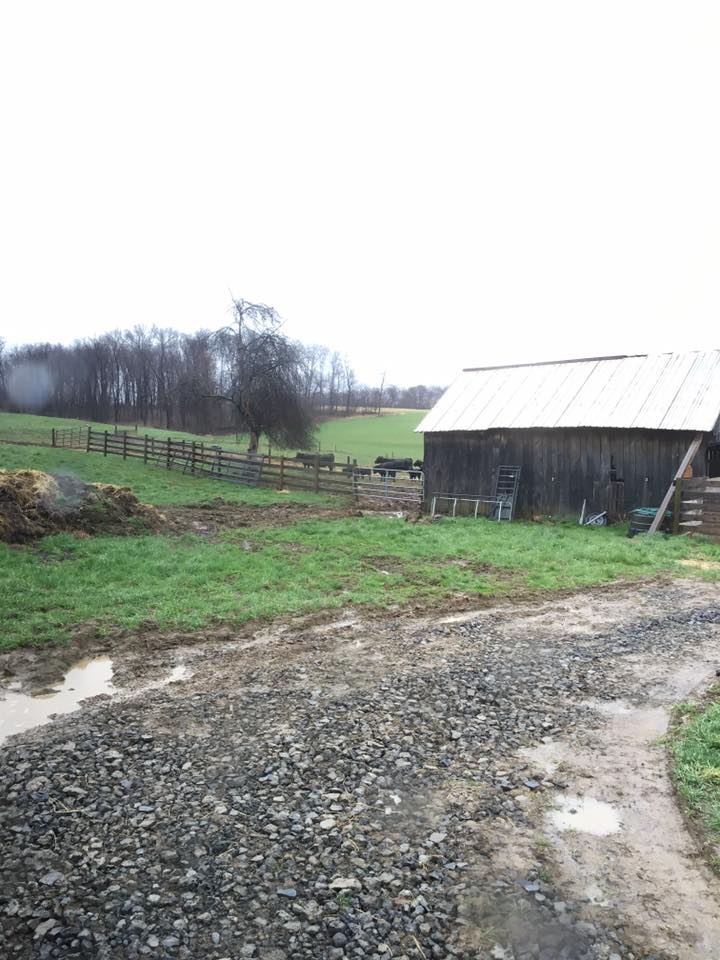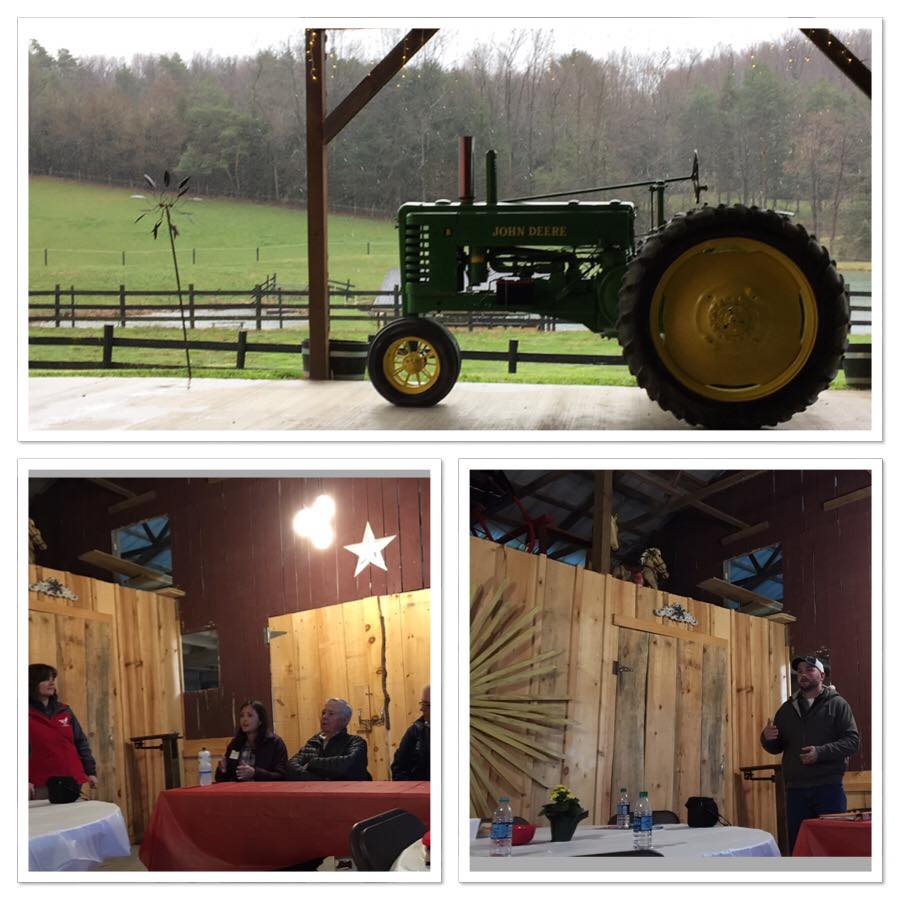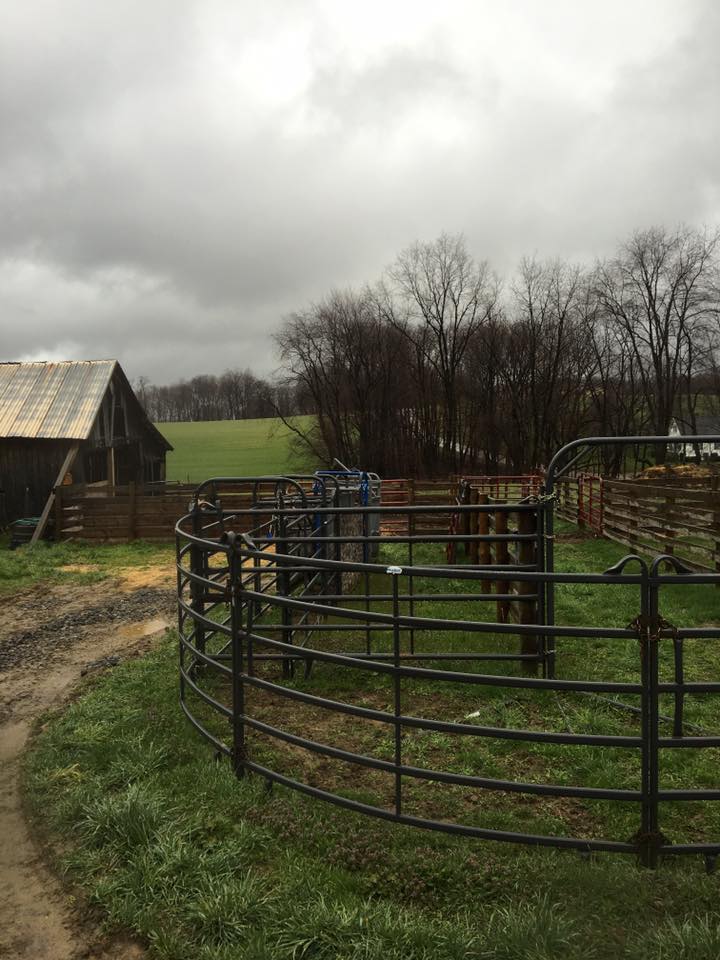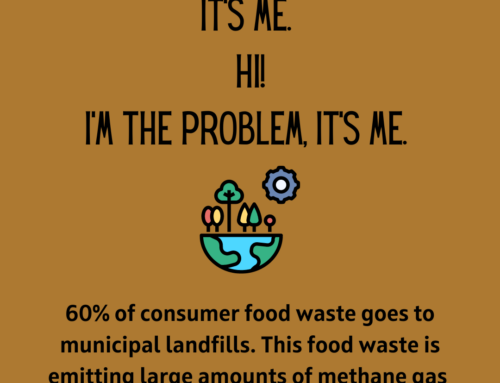I’m in western Pennsylvania this week at the annual meeting of the Pennsylvania Academy of Nutrition and Dietetics conference and expo, which offered a pre-conference tour of Soergel’s Beef Farm, a local area farm. It was a rainy day, and quite chilly, which prevented us from really touring the grounds, but we had to chance to listen to Warren Soergel, who works on the farm that his uncle owns.

Was too muddy for a full tour today.
Over the past few years, dietitians have had the opportunity to tour a variety of farms as part of our continuing education requirements. As consumers want to know more about where their food comes from, and the media often misinterprets the facts, I’m always eager to see farms in action, learn more about agriculture, and talk with farmers.

Farmers love the land, their animals, and their families. Here are a few things you may not think about when you think about farmers:
- They aren’t like “Old MacDonald. They may not wear overalls, and they are more often than not college educated
- Many farmers have Bachelor of Science degrees in Animal Science or Agriculture
- Farming is a science
- Farming is an industry that strives for efficiency – using the least amount of energy, for the most output
- Farmers often refer to “feeding the rumen, not the cow”. The nutrition formula, or “ration”, they use is very specific to maintain the pH of the rumen, and also promote growth.
- Hormones that are used in cattle production (testosterone and estrogen) to enhance growth and reduce production costs, are delivered via an ear implant. The difference between beef from an implanted cow versus one not given the hormone implant is insignificant. Beef from an implanted cow contains .06-.09 nanograms estrogen per ounce. Beef from a non-implanted cow contains .03-.06 nanograms per ounce. A nanogram is one billionth of a gram, and would be visually equivalent to a blade of grass in a football field. So don’t be worried about “hormones in meat” (and they are always naturally present anyhow).
- Almost every cattle corral is designed using the concepts of Temple Grandin.

Cattle corral for this small farm
To learn more visit the Pennsylvania Beef Council – where you’ll find recipes, nutrition information, and more.




